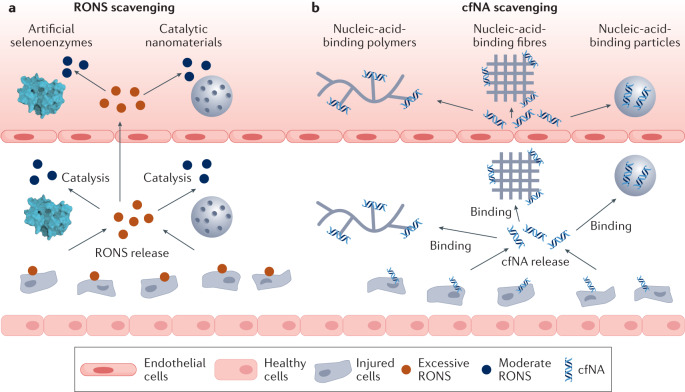Fig. 3. Scavenging strategies to modulate inflammation.
In the early stage of inflammation, pathogen-associated molecular patterns (PAMPs) and endogenous tissue damage-associated molecular patterns (DAMPs) are released from injured cells. Reactive oxygen and nitrogen species (RONS), cell-free nucleic acids (cfNAs) and PAMPs or DAMPs can induce an inflammatory response and the recruitment of immune cells. a | RONS scavengers, such as artificial selenoenzymes and catalytic nanomaterials. b | cfNA scavengers, such as nucleic-acid-binding polymers, fibres and particles, can reduce the level of RONS and cfNAs in PAMPs or DAMPs and attenuate inflammation development.

